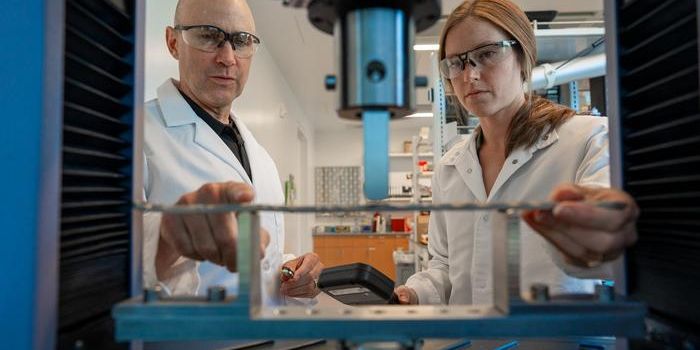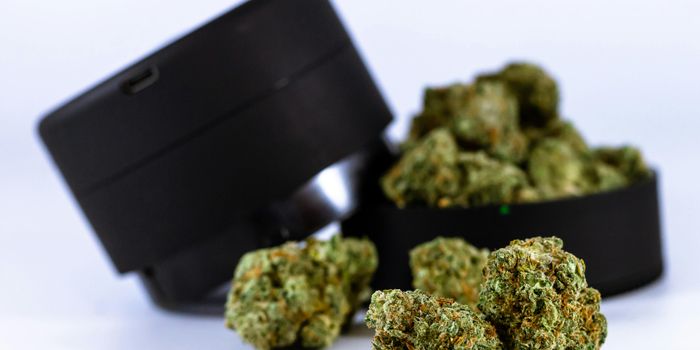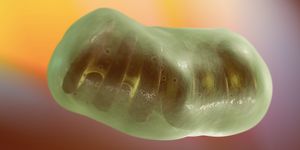Evidence of antibiotic resistance genes in 'zombie' microbes of the arctic permafrost
One of the most significant consequences of climate change is the greenhouse gases generated from the microbial decomposition of organic matter in thawing permafrost soil. Permafrost refers to ground soil frozen at 0℃ or lower, year after year. Permafrost regions of the Earth are mostly found in the north and south poles. During summer, some thawing of the permafrost landscape is considered normal, but with climate change, thawing has increased annually.
Studies of permafrost soil have previously identified ancient bacteria, viruses, fungi, and even protozoans that can potentially become infectious after several years of being frozen. Apart from identification, the global impact of the microbial composition of permafrost on human health remains largely undetermined.
More recently, DNA was isolated from soil samples in the carbon-rich Yedoma permafrost of Siberia. The Yedoma permafrost is known to have preserved animal remains like mammoths and ancient microbial content. An international team of scientists from Russia and Germany conducted a ‘metagenomic’ analysis of various soil samples from the Yedoma permafrost, which involves the detailed characterization of all DNA extracted from multiple soil samples. Their studies from the Yedoma soils have identified bacterial genes from several bacterial species with no specific correlation to the age of the permafrost. Interestingly, a high frequency of the beta-lactamase gene was detected within the identified bacterial genomes. What does this mean? The DNA samples belong to diverse bacterial species, and all carry the gene for the enzyme beta-lactamase. Beta-lactamases are enzymes that cause the inactivation of penicillin-derived antibiotics, thereby conferring antibiotic resistance to the bacteria carrying them (in their genome or plasmids).
Active microbial life has been discovered in the arctic before. But the discovery of bacterial DNA, a large proportion of which carries antibiotic resistance, is unexpected. This finding is even more perplexing to scientists because these soils have remained far removed from human civilization that have heavy antibiotic usage. The acquisition of antibiotic resistance is technically possible outside a clinical setting. Bacteria acquire genes from their environment all the time. However, the potential danger of thawing permafrost and the release of bacterial DNA offering antibiotic resistance is concerning.
Antimicrobial resistance (AMR) is a global health issue that severely challenges our ability to treat bacterial infections effectively. Tracking and early identification of AMR in clinical settings is key to reducing its spread. The discovery of antibiotic resistance in permafrost does not directly affect clinical care today but has implications for the future of AMR, especially with a rising concern about climate change.










